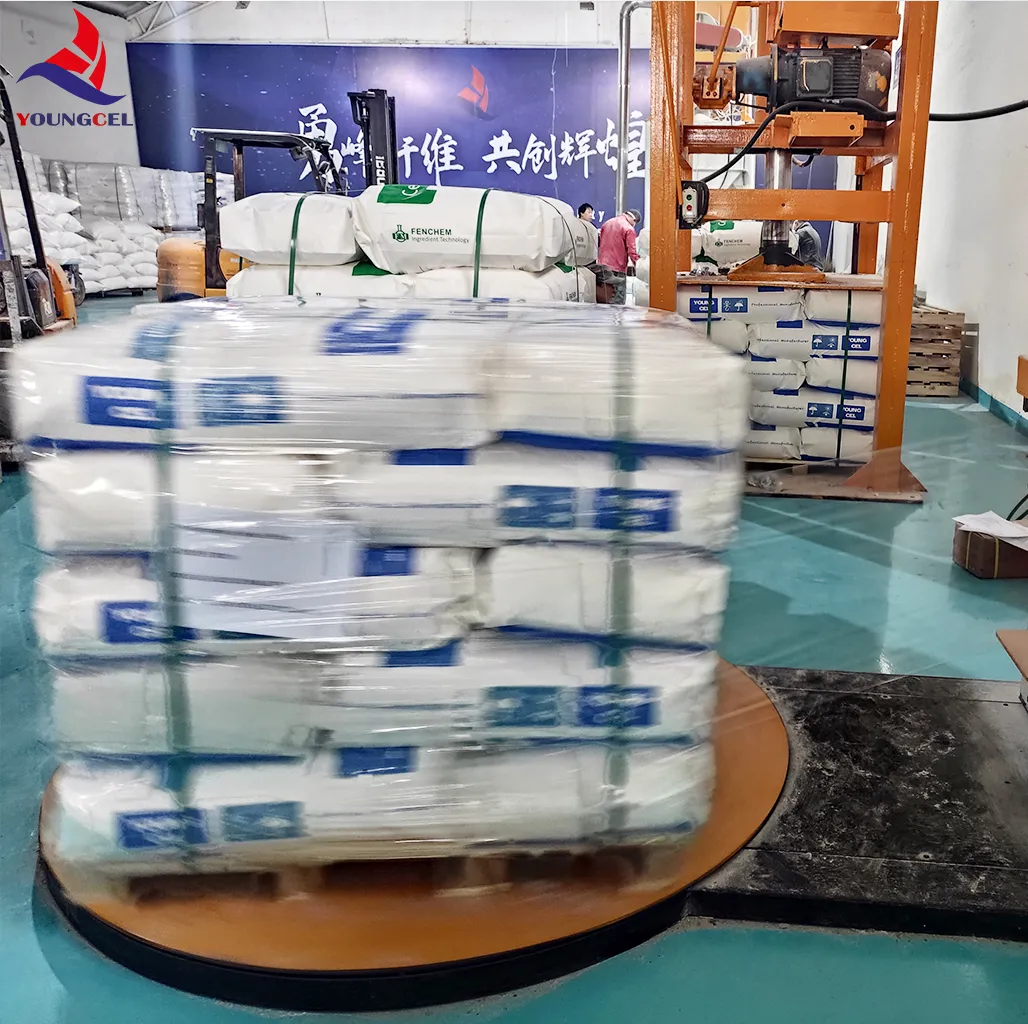The Power of Ceramic Adhesives An Overview
Ceramic adhesives have emerged as pivotal materials in various industries, from construction to art and technology. These specialized adhesives are formulated to bond ceramic materials, as well as other substrates, providing solutions that are not only strong but also durable and resistant to extreme conditions.
What are Ceramic Adhesives?
Ceramic adhesives are adhesive substances specifically designed to facilitate the bonding of ceramic components. Typically, they contain a combination of inorganic compounds, resins, and fillers that enable them to adhere effectively to a range of materials. These adhesives can be categorized based on their curing mechanisms, which include heat cure, moisture cure, and two-part systems that require a hardener to activate.
Properties of Ceramic Adhesives
One of the standout features of ceramic adhesives is their high-temperature resistance. This attribute makes them ideal for applications in environments where other adhesives might fail, such as in automotive exhaust systems or industrial kilns. Additionally, ceramic adhesives typically exhibit excellent chemical resistance, making them suitable for use in harsh environments where exposure to solvents or acids is a concern.
Another significant property is their mechanical strength. When cured, these adhesives can develop impressive tensile and shear strength, ensuring that bonded joints remain intact under stress. Their ability to withstand thermal cycling—repeated heating and cooling—also adds to their appeal in various applications.
Applications of Ceramic Adhesives
ceramic adhesives

Ceramic adhesives find use in diverse applications. In the construction industry, they are utilized for installing tiles, bricks, and other ceramic materials, ensuring a strong and lasting bond. Beyond construction, these adhesives are critical in manufacturing components of electrical devices where high heat resistance is vital. They are also widely used in the automotive sector, particularly in exhaust systems, where materials must withstand both high temperatures and vibrations.
In the realm of art and pottery, ceramic adhesives enable artisans to repair and restore ceramic pieces without compromising their aesthetic appeal. Artists benefit from the clear formulations of certain ceramic adhesives, which dry translucent, maintaining the visual integrity of the artwork.
Innovations and Trends
Recent advancements in material science have led to the development of new-generation ceramic adhesives. These modern adhesives are designed to be user-friendly, allowing for easy application without extensive preparation or curing times. Some innovations include eco-friendly formulations that minimize harmful emissions during application.
Furthermore, the integration of nanotechnology is creating opportunities for enhanced bonding capabilities, improved durability, and resistance to environmental factors. These trends indicate a promising future for ceramic adhesives as they continue to evolve and adapt to the needs of various industries.
Conclusion
In summary, ceramic adhesives play a crucial role in multiple sectors, combining outstanding bonding properties with resistance to extreme conditions. Their versatility makes them an invaluable resource in construction, art, automotive, and many other fields. As technology progresses and new formulations emerge, the potential applications for ceramic adhesives will undoubtedly expand, solidifying their importance in contemporary manufacturing and repair solutions. Whether in a construction project, an artistic endeavor, or an automotive application, ceramic adhesives offer reliability and innovation, cementing their place as essential materials in modern society.
-
Rdp Powder: Key Considerations for Wholesalers in the Building Materials IndustryNewsJul.08,2025
-
Key Considerations for Wholesalers: Navigating the World of Hpmc - Based ProductsNewsJul.08,2025
-
Hpmc Detergent: Key Considerations for WholesalersNewsJul.08,2025
-
Key Considerations for Wholesalers: China Hpmc For Tile Adhesive, Coating Additives, Concrete Additives, and MoreNewsJul.08,2025
-
Crucial Considerations for Wholesalers: Navigating the World of Construction MaterialsNewsJul.08,2025
-
Key Considerations for Wholesalers Sourcing Additive For Cement, Additive For Concrete, Additive For Putty from Additive Manufacturer Shijiazhuang Gaocheng District Yongfeng Cellulose Co., Ltd.NewsJul.08,2025




